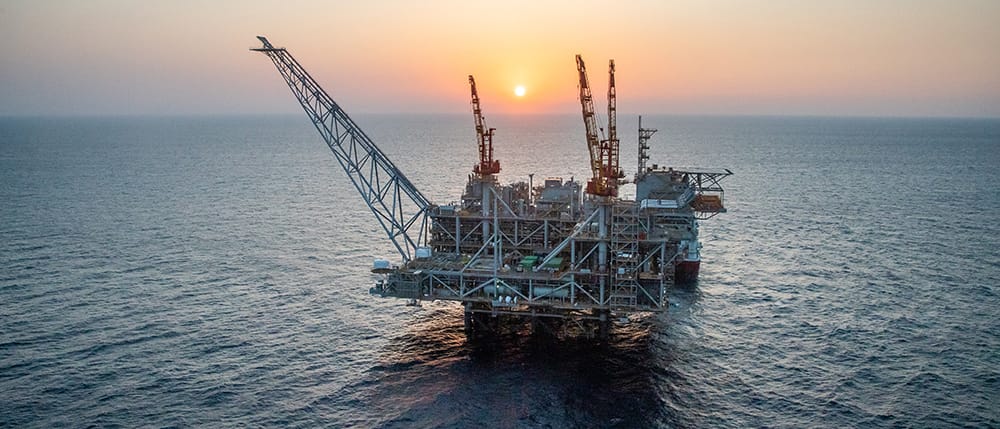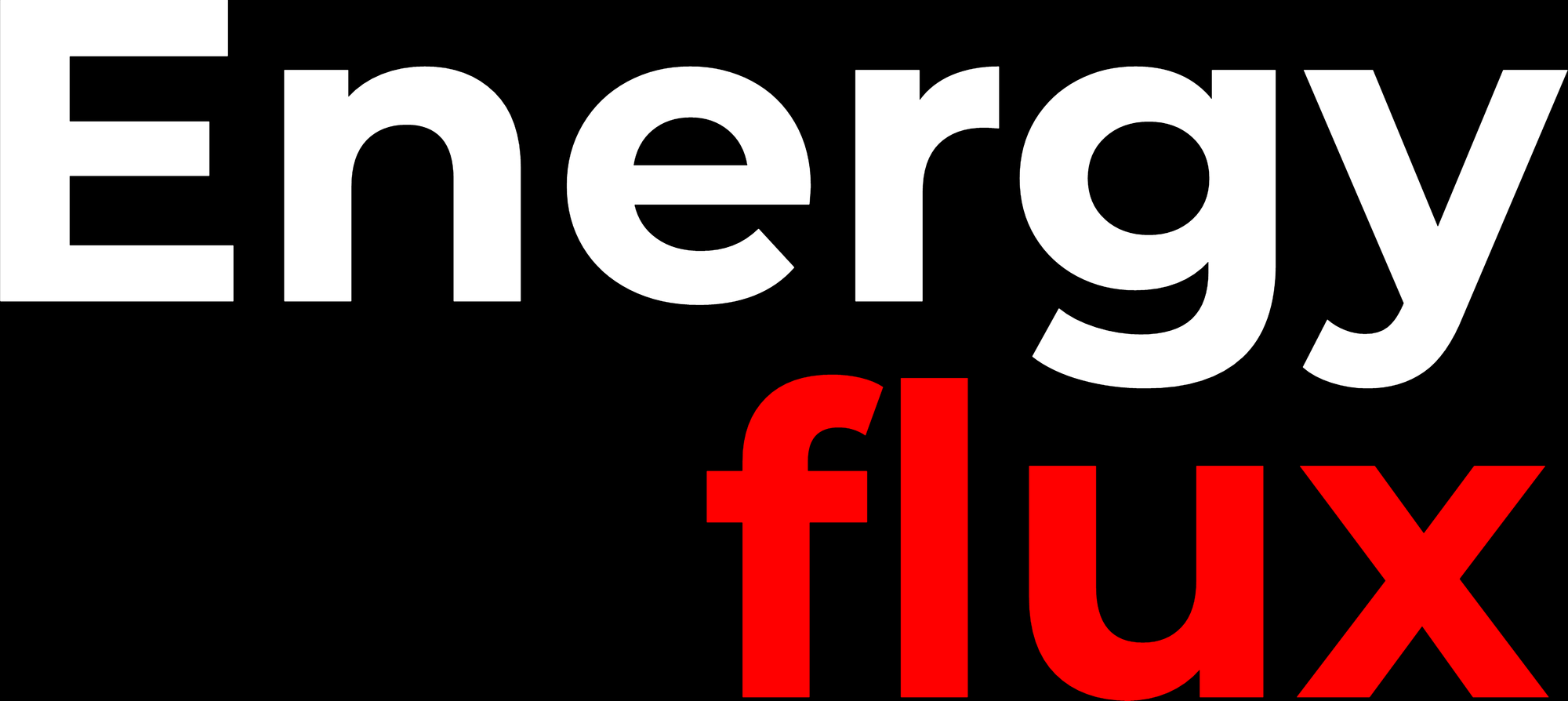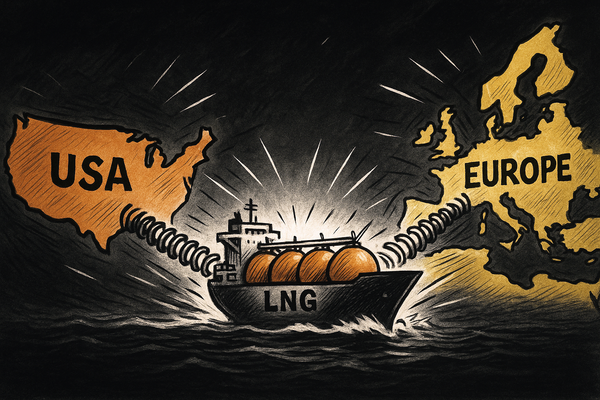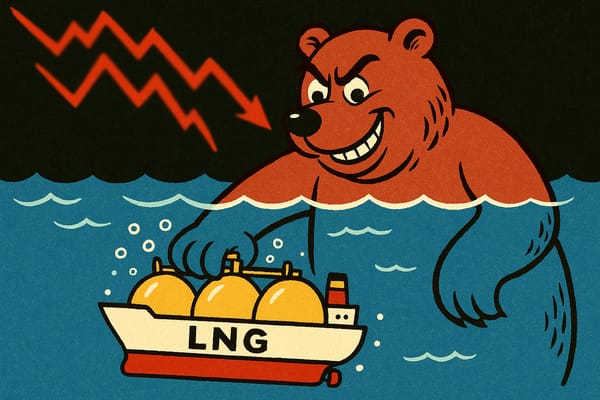Diversify, consolidate or die: Energy transition poses stark choices to mid-sized oil companies
Noble Energy realised the independent E&P business model was failing long before Covid-19. Merging with Chevron buys investors some time, but is no silver bullet.


Member discussion: Diversify, consolidate or die: Energy transition poses stark choices to mid-sized oil companies
Read what members are saying. Subscribe to join the conversation.





